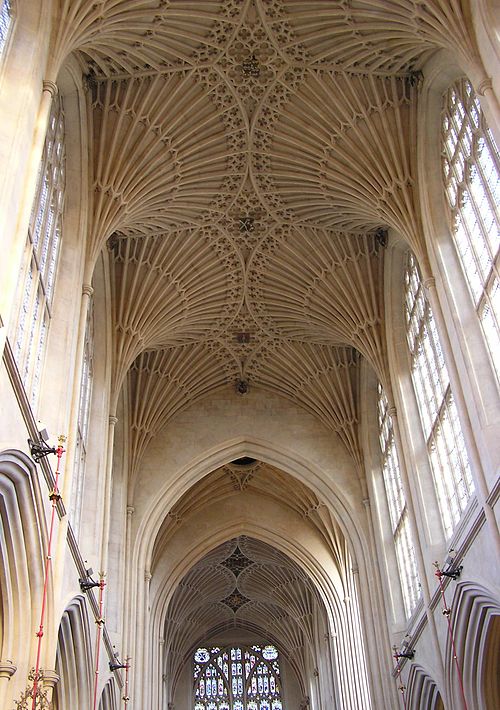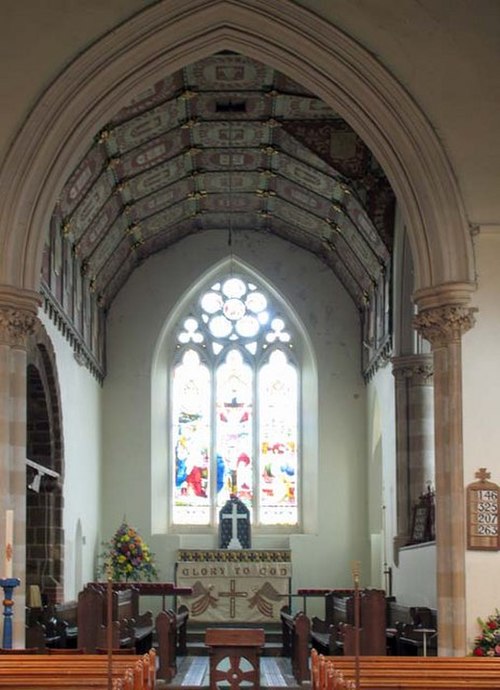Navenoun
(architecture) The middle or body of a church, extending from the transepts to the principal entrances.
Navenoun
A hub of a wheel.
Navenoun
(obsolete) The navel.
Navenoun
The block in the center of a wheel, from which the spokes radiate, and through which the axle passes; - called also hub or hob.
Navenoun
The navel.
Navenoun
The middle or body of a church, extending from the transepts to the principal entrances, or, if there are no transepts, from the choir to the principal entrance, but not including the aisles.
Navenoun
the central area of a church
Navenoun
the central part of a church building, intended to accommodate most of the congregation. In traditional Western churches it is rectangular, separated from the chancel by a step or rail, and from adjacent aisles by pillars.
Navenoun
the hub of a wheel.
Nave
The nave () is the central part of a church, stretching from the (normally western) main entrance or rear wall, to the transepts, or in a church without transepts, to the chancel. When a church contains side aisles, as in a basilica-type building, the strict definition of the term is restricted to the central aisle.
Chancelnoun
The space around the altar in a church, often enclosed, for use by the clergy and the choir. In medieval cathedrals the chancel was usually enclosed or blocked off from the nave by an altar screen.
Chancelnoun
That part of a church, reserved for the use of the clergy, where the altar, or communion table, is placed.
Chancelnoun
area around the altar of a church for the clergy and choir; often enclosed by a lattice or railing
Chancel
In church architecture, the chancel is the space around the altar, including the choir and the sanctuary (sometimes called the presbytery), at the liturgical east end of a traditional Christian church building. It may terminate in an apse.












